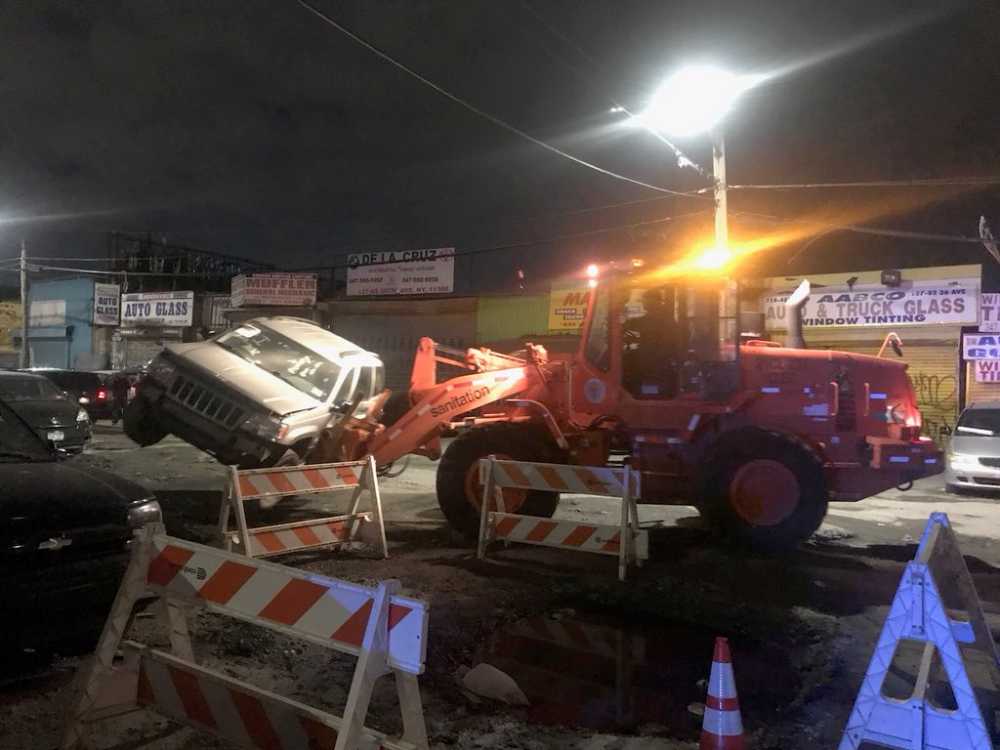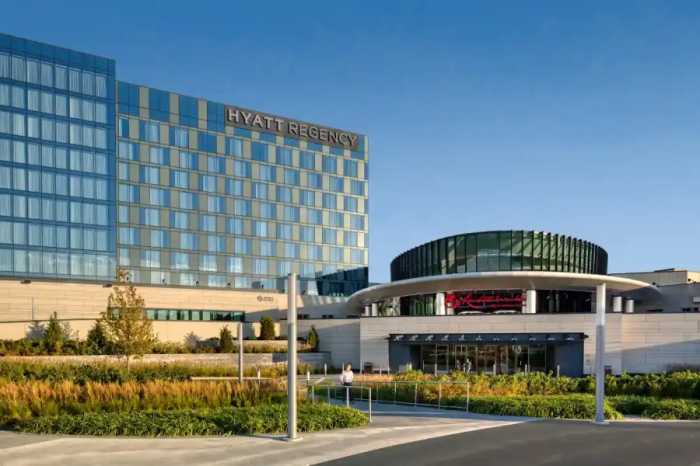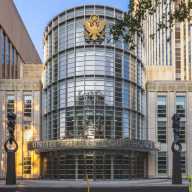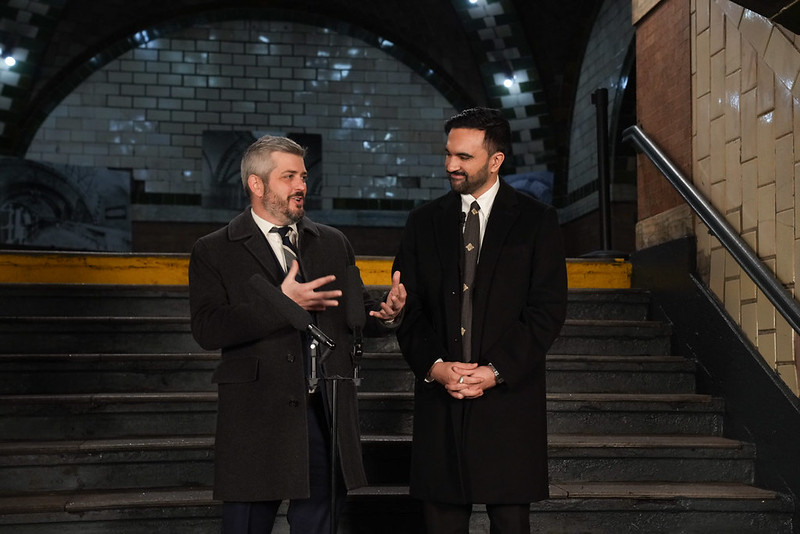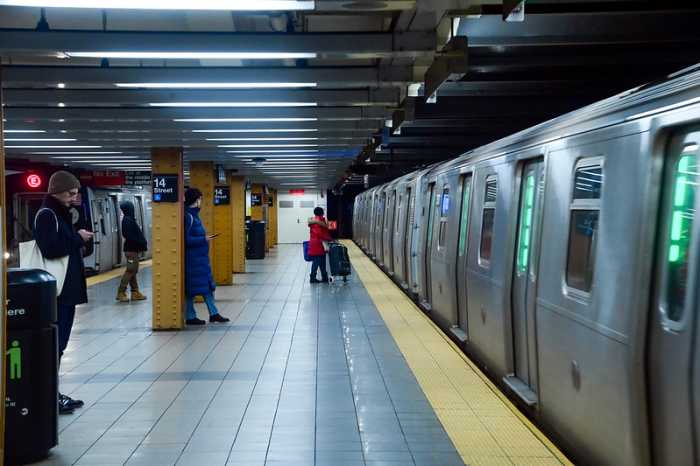Weeks after the city announced a new long-term vision for Willets Point, Flushing residents met this week to raise some concerns with the first phase.
Originally made up mostly of auto shops and junkyards before the city cleared the area, plans to re-develop the site have been hanging in the balance for years. Finally, this February, the city and developers announced they had come to an agreement on a new plan.
On March 27, Community Board 7 members met to discuss the latest Willets Point development plan, which includes building 1,100 units of housing for low-income and moderate-income New Yorkers, a 450-seat public school with a playground, a 1.2-acre public space and 20,000 square feet of neighborhood retail on 6 acres of land at the corner of Willets Point Boulevard and Roosevelt Avenue. These components are known as “phase A” of part one (23 acres). The entire re-development plan will be broken into two parts.
“The city has now shifted. We’re not looking at a sale any longer; we’re now looking at a long-term ground lease with Queens Development Group (QDG),” said city Economic Development Corporation (EDC) spokesperson Eleni Bourinaris.
There will be a total of three affordable buildings, with plans to reserve 220 homes for low-income seniors and nearly 100 apartments for formerly homeless families. The first building is slated to be completed by 2022 and will deliver 500 affordable units, Bourinaris told attendees at Community Board 7’s quarterly Willets Point meeting. The other two buildings are roughly estimated to be finished between 2024-26.
Remediation work at the 6-acre site will be completed by the end of 2020; the rest of the site will be cleaned up at a later point.
“All of the work that we’ve done in Willets Point to date has been above ground, so we’re really trying to understand what the below-ground conditions are in this area,” Bourinaris said.
Board 7 Land Use Committee Chairman Chuck Apelian raised concerns with “cherry-picking remediation,” which could lead to offsite infiltration.
“You’re taking a piece and you’re not cleaning all the rest, which is known to be contaminated,” he said.
The city and QDG have already begun underground testing at the site and anticipate remediating the 6-acre plot in line with DEC Brownfield outlines, Bourinaris said. Regarding utilities and infrastructure for the area, a plan will be formulated during the city’s “six-month due diligence plan” currently in development.
Apelian also raised concerns with the projected parking. The city plans to build 300 parking spaces at the phase A space.
“These are things we can continue to have a conversation about,” Bourinaris said. “Right now, those spots are what is required as of zoning.”
Shortly after the re-development plan was announced, NYPD at the 110th Precinct and the Department of Sanitation tagged, issued summonses or towed over 100 cars from the area. With representatives from the precinct and the neighboring 109th Precinct in attendance, members raised concerns with dumping and a traffic increase in the area.
Bourinaris said the area that has been demoed is secured, but the area in question is a street that cannot be closed off. She also noted that a new transportation study on the area is currently underway.
The city will from a task force, co-chaired by Queens Borough President Melinda Katz and Councilman Francisco Moya, to determine how to proceed with the complete development.
“We want to have Community Board 7, 3, 4 at the table to make sure that we are being as inclusive as possible of everyone’s desires and visions for this area,” Bourinaris said. “Understanding that we do have an approved plan that did go through this community board back in 2008: what are the possibilities and how has the market changed since 2008 in this community?”
In June 2017, the New York State Court of Appeals announced that the proposal by the Queens Development Group LLC (QDG), a joint venture between Related Companies and Sterling Equities, would not be able to move forward without approval from state Legislature. The two-phase development included plans to build a shopping mall, movie theater and affordable housing.
Frustrations began mounting at the community board’s quarterly meetings in 2017. Earlier this year, board chairperson Gene Kelty raised concerns with an apparent lack of a contingency plan.
The $3 billion project was first started under the Bloomberg administration. The city has already spent $287 million to purchase the land, remove hazardous waste and relocate many of the 225 auto repair shops and junk yards in the area.

